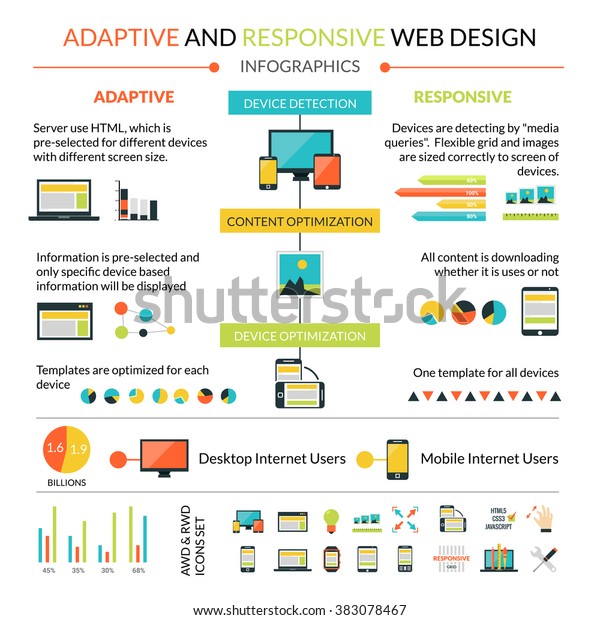Fundamental Aspects Of Web Design: Standards For Developing A User-Centric Site
Fundamental Aspects Of Web Design: Standards For Developing A User-Centric Site
Blog Article
Write-Up Writer-Hovmand Bak
When it concerns internet site style, guaranteeing user-friendliness is crucial. From responsive layout to streamlined navigation, every element plays an essential duty in developing a site that deals with your target market's needs. But what about the better details that can make or damage a customer's surfing experience? Keep tuned as we uncover some often-overlooked suggestions that can boost your internet site's use to the next level, making it absolutely stand out in the electronic landscape.
Relevance of Responsive Style
Responsive style is a critical aspect of contemporary site development. Ensuring your site is receptive means that it can adapt to various display sizes and devices, giving a smooth experience for customers.
With the enhancing use of smartphones and tablets to access the web, having a receptive design is crucial for reaching a larger audience. It helps in enhancing user experience by making your site very easy to navigate and continue reading any tool.
Furthermore, responsive design can positively affect your internet search engine positions, as search engines like Google focus on mobile-friendly sites. By having a receptive design, you're additionally future-proofing your website, as brand-new gadgets with varying display dimensions remain to arise.
Simplify Navigating Structure
To improve individual experience and facilitate easy accessibility to information on your site, streamlining the navigation structure is vital. When developing your website, focus on producing a clear and instinctive navigating food selection that helps site visitors locate what they're looking for rapidly.
Limitation the variety of food selection items to the basics, grouping related pages together to avoid frustrating users. Usage detailed tags that clearly suggest the material of each web page, making it less complicated for customers to understand where each link will take them.
Think about executing dropdown menus for subcategories to stop jumbling the major navigating bar. Additionally, consist of a search bar prominently on the page for customers that favor searching for details details.
Focus on mobile responsiveness in your navigation style to ensure simple access on all gadgets.
Optimize Web Page Lots Speed
Improving web page tons rate is important for keeping visitors on your site. Slow-loading pages discourage customers and can cause high bounce prices. To maximize web page lots rate, start by maximizing pictures. https://www.searchenginejournal.com/local-seo-joy-hawkins/432722/ without compromising top quality to reduce their file dimensions.
Furthermore, allow web browser caching to keep often accessed sources locally, speeding up load times for returning site visitors. Minify CSS, JavaScript, and HTML files by removing unneeded characters, comments, and format, improving lots speed.
Think about using a web content delivery network (CDN) to distribute your internet site's content throughout numerous servers worldwide, decreasing latency for users accessing your website from different places. Last but not least, limit the use of third-party manuscripts and plugins, as they can dramatically affect lots times.
Verdict
To conclude, by including receptive layout, streamlining navigation, and maximizing web page load rate, you can create a straightforward site that interest a bigger audience and enhances individual experience. These essential elements make sure that site visitors can conveniently access and browse your site across different devices, bring about increased engagement and fulfillment. By concentrating on these essential aspects, you can construct an effective website that keeps users coming back for more.
